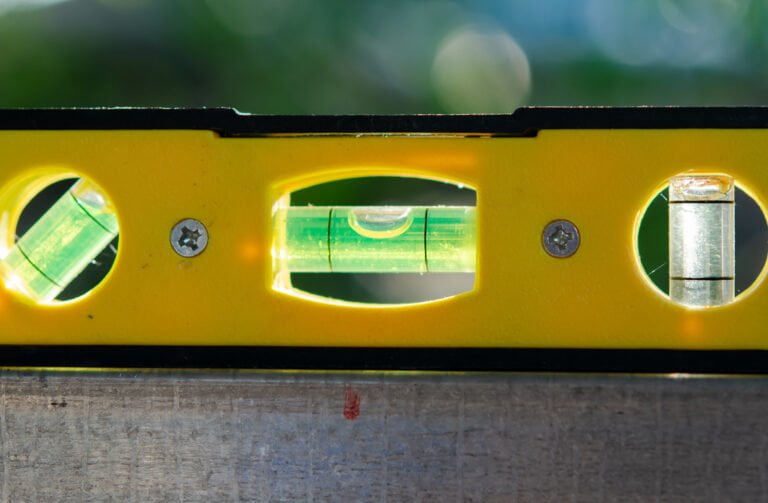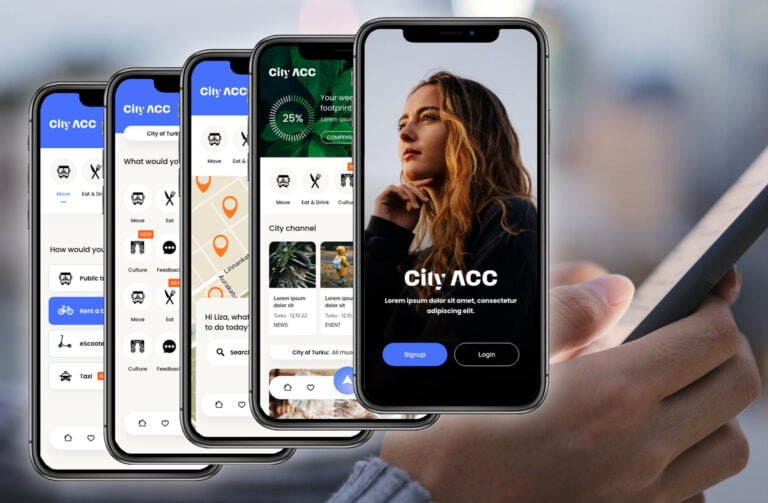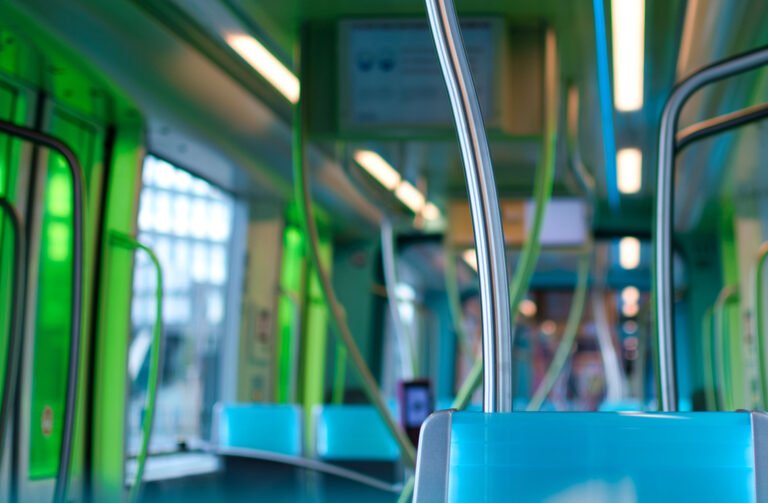By Tuomo Parjanen
CEO of PayiQ
When we talk about Mobility as a Service (MaaS) we usually talk about MaaS operators. They are aggregators that bundle the services of several transportation operators, for example those of taxis, buses and scooters, into one offering, usually behind one app. An operator, in other words, is someone who promises to get you to your destination.
You can think of MaaS as a pyramid, with the modern operator represented by an app on the top, and traditional operators that offer physical transportation services at the bottom. This approach immediately offers two ways to look at and build MaaS: top down and ground up. Top down MaaS starts with an application, designed to be as beautiful and easy to use as possible, and then connects different modes of transport to it. A big part of the idea is of course that you can use the same app in as many places as possible. When this works it is convenient for the user, and the big dream is to have the world’s transportation behind one application.
In practice the heterogeneity of cities and their transportation systems makes this extremely difficult. The world as we know it was not built to fit behind one app. This is what makes the ground up approach, focusing on the existing local transportation operators, interesting. It may not sound as amazing as top down MaaS but it is often easier to make work. You start with what’s already there and introduce a layer that helps the parts to talk to each other and to different payment options. Then offer an app on top that gives people access to the local offering.
The key here, and actually this is vital for the top down version too, is the digital infrastructure that makes all of this possible: how different parts of the system talk to each other and how data is aggregated and used. In computer speak we could call this the IOT part of MaaS. There is location data, vehicle data, identification data, payment data, authentication data, all constantly updating on machines that must talk to each other without delay.
So to set up MaaS, at least three things must function properly: the consumer interface, the operators that get people to places and the connecting data layer.
In the world of engineering we call these information management systems. Before embarking on my PayiQ journey I worked in engineering software. There the challenge was that architects used AutoCAD to design projects but when they had to be modelled, visualized and documented to actually start building something, the engineers used MicroStations that were built by another company. Both programs were amazing tools but since they could not use each other’s information they we pretty dumb. But when we introduced an information management platform that connected to both systems, standardized the information and opened up a flow between both of them, all of a sudden what used to be simple drawings became intelligent components in both design and actual building.
What we are doing at PayiQ is a bit similar. The core idea of MaaS is to deconstruct current transportation and payment options into intelligent components and assemble them on-the-go according to the customers wishes. Only if this is done right, MaaS becomes possible. At PayiQ we call our service Ticketing as a Service (TaaS) Platform, but we could call it the brain of the new mobility. It connects and sorts out all information that is required to make the system work.
So far the world has only been taking baby steps in making MaaS work, because different modalities and operators live in their own silos and it is often nearly impossible to bundle them behind an app as components of a journey. And even if you are able to put together a functioning service in one city, it is difficult to do the same in another. The services that have traveled best so far, Uber and different eScooters, work only because they offer one particular service and behind a walled garden. As much fun as these novel services are, they do not deliver the true benefits of MaaS: more efficient use of current resources, seamless multimodal transportation chains and incentives to use public transportation.
To accelerate true MaaS – which is in the interest of cities fighting with congestion and carbon emissions – we must accept that all towns are different and introduce intelligence that enables true MaaS ecosystems. It has to connect to all forms of payment, local and global, it must have open access protocols that connect to modalities that are locally available and to those that exist in the surrounding world. It must allow use of local apps to get smart mobility off the ground as fast as possible as well as it must connect to aspiring international MaaS solutions. And it can be added in doses, first as a proof of concept, then a pilot and finally a roll-out.
Smart cities may be a revolution, but getting to smart mobility should be an evolution. It starts with adding an enabling layer to the local offering and then expanding from that. But to get anywhere, you have to start with the smart, preferably today.
















